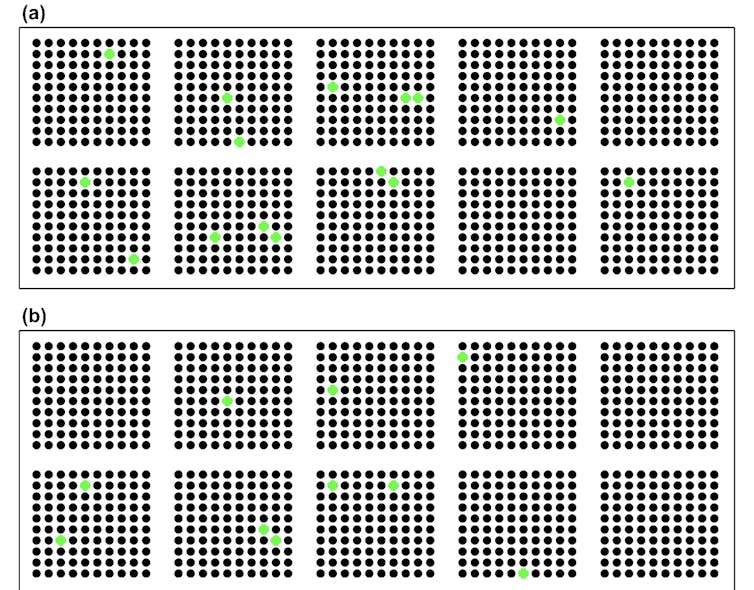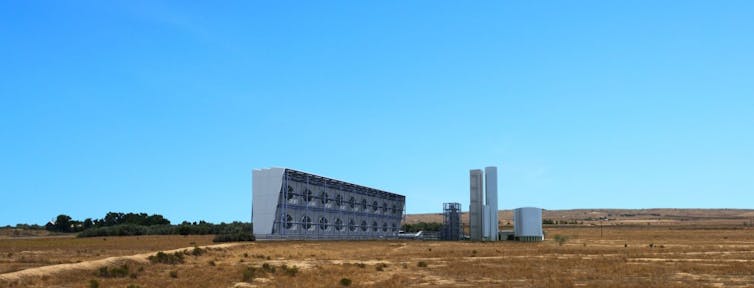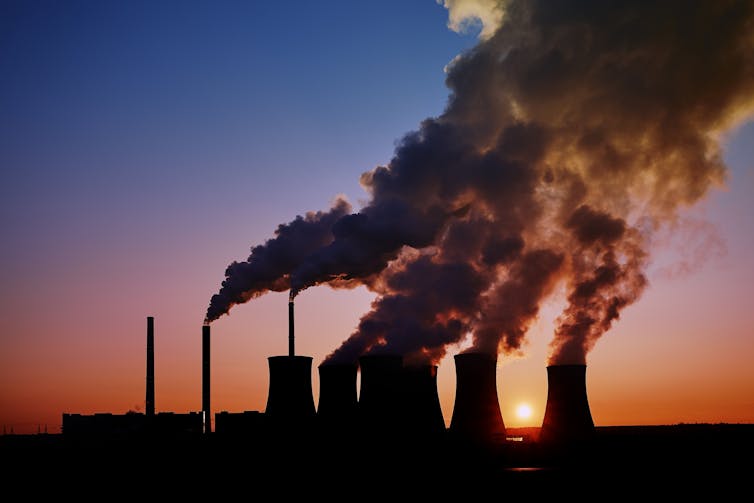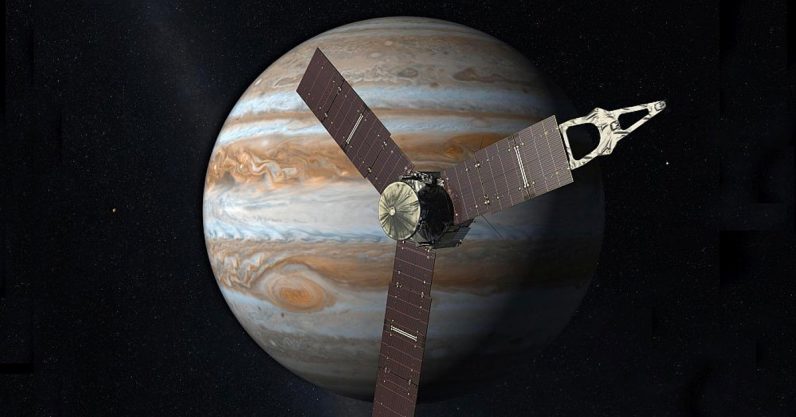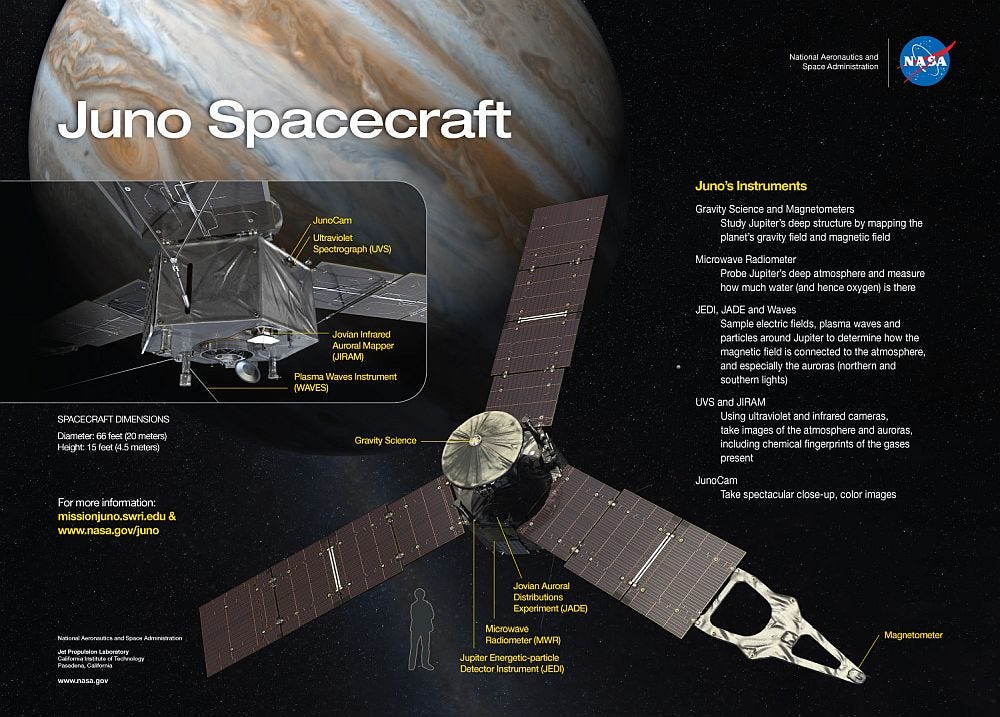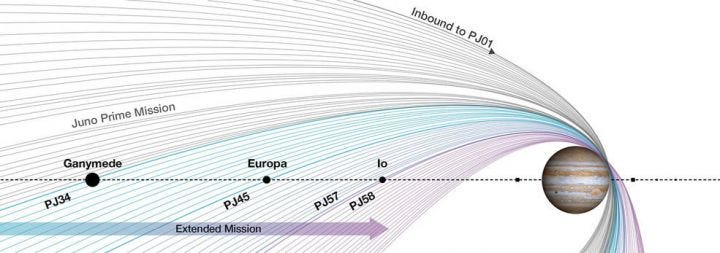by REBECCA BELLAN — in DESIGN & DEV
At the turn of the 20th century, the modern bathroom began to develop alongside outbreaks of tuberculosis, cholera, and influenza, implementing standard features in order to promote health and hygiene in the home during widespread public health concerns.
During and immediately after the Great Depression, the design of everything from vehicles to appliances became minimalist and industrial, tending towards the modern “streamlined” look, which was characterized by rounded edges and sleek shapes. For example, in 1934, industrial designer Raymond Loewy redesigned the Coldspot refrigerator, turning it into “a single smooth, gleaming unit of functional simplicity.”
Now the world has suffered another crisis, but to paraphrase former British Prime Minister Winston Churchill: never waste a good crisis. Indeed in times of political upheaval or widespread health issues, designers across industries have used these moments in time to pivot towards simplicity. When resources are scarce and when above all sustainability and efficiency are the most important design priorities, form tends to follow function.
The coronavirus pandemic has given the entire world a chance to pause and rethink design in a way that addresses both the current crisis and the other large existential crisis of today, climate change. In maintaining the health of people and our planet, transparency and sustainability are driving forward innovative new designs, from public spaces to the automotive industry to office buildings.
Let’s take a closer look at different industries to show the effect this pandemic has had.
Public spaces in a COVID-19 world
Architecture and indoor spaces have been largely implicated in the spread of coronavirus, so many urban planners are thinking about ways to best utilize outdoor spaces for the public in a way that promotes equality and health safety concerns. Cities around the world have built new bike lanes, widened sidewalks, and even closed down streets to cars in order to make room for socially distanced, alternate forms of transport. Street parking spots have been replaced by extended restaurants offering outdoor dining, thus diversifying the spaces for use by different groups.
Increased sustainable and transparent design in vehicles
The pandemic has accelerated three major disruptions in the car industry: 1) Electrification, 2) Autonomous driving, and 3) Circularity, or an economic system that aims to eliminate waste and the continual use of resources. During his TNW2020 talk, Polestar design director Max Missoni posed the question: “How can design come up with a sustainable solution for a more sustainable future?”
It all comes back to the idea that form follows function. Polestar’s designers have embodied this concept by highlighting design aspects that would otherwise be hidden “under the hood.” For example, the designers of the Polestar Precept, an electric concept car by Polestar, incorporate the use of flax fiber into the car’s design. Flax fiber is a material often used for linens, but used in vehicle design, it has the mechanical properties of carbon fiber, it’s 50% lighter than conventional interior panels and it reduces plastic content in the car by 80%. Instead of hiding that material in the second layer, the designers decided to backlight the material to demonstrate both its beauty and imperfections.
“With Precept, we looked to take sustainability and turn it into an aesthetic, to not just hide sustainable materials behind the skin, but to celebrate them, to turn them into a design language,” said Missoni.
When considering how to do just this with autonomous vehicles, Volvo auto designers are looking for ways to incorporate systems like radars, cameras, and laser scanners needed for autonomous driving into the design language. One example Missoni gave with the Volvo 360c, a fully autonomous, fully electric vehicle concept, was to place the laser scanner device on the roof, “celebrating it and treating it like a technological gem.”
By capitalizing on the design freedom afforded by the absence of a steering wheel and combustion engine, designers of the 360c can reimagine the traditional placement of passengers in a vehicle, creating a design that follows the function of a sleeping environment, a mobile office, a living room, or an entertainment space.
Polestar as a brand is dedicated to sustainability and transparency. It recently published its Life Cycle Assessment on the Polestar 2 in order to show carbon emissions of its vehicle throughout its life cycle so that it can improve at every step of the process.
But the problem, as Missoni pointed out during the TNW2020 Conference, is that within the life cycle of any product, even electric vehicles, we’re still mostly taking resources, creating products, using them for a while, and disposing of them. The world grinding to a halt during the pandemic has highlighted the intense environmental concerns we face as a species, and so we know that industries, especially the car industry, need to move towards a circular economy.
“We have to make sure products have the right degree of maintenance, are designed to be reused, are designed to be refurbished so they can be refreshed and kept in the cycle longer, and ultimately are designed to be as recyclable as humanly possible. And this is a big challenge for all of us, not just the car industry,” said Missoni. “If we start with these ideas at the conception and incorporate these thoughts into the design process, we’re getting a huge step closer to the only true sustainable future, which is a circular one.”
Workplaces modified for safety and technological productivity
If and when people start returning to workplaces, they won’t find the same spaces that they did before. Workplaces will have to be modified to account for health and safety concerns, as well as new technologies. Some offices are doing away with the “open office” plan and returning to the days of cubicles. Designers are working out ways to increase sunlight and fresh air flow into buildings, as well as offering up more sanitization stations for workers to wash their hands throughout the day.
Another interesting development in workplace design will be retooling for more virtual collaboration. Now that we’ve had a taste of remote work, it’s unlikely that every worker will return to the office five days a week, especially ones who are immunocompromised. Therefore, designers will have to incorporate technology in such a way that remote workers aren’t relegated to a lesser status.
What will that look like? Will virtual and augmented reality become a common technology used in offices? Will groups gather virtually with avatars for conference meetings? One thing is certain: Workplaces will encompass a hybrid reality, one with integrated digital collaboration tools, next-level conference, sensors, and other smart technologies.
If you want to hear more insights into how crisis affects design, you can watch Max Missoni ’s TNW2020 talk above this article.



